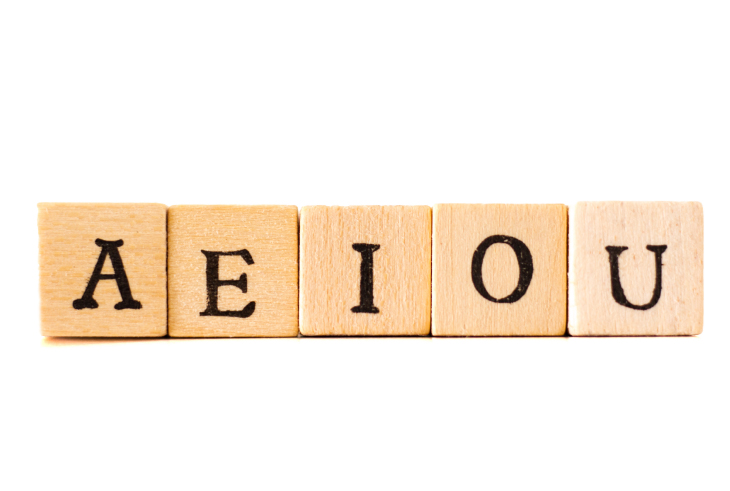
How to Recognize Vowel Sounds
Vowels are the sounds of vowels. These sounds are either represented by a single letter or a combination of letters that represent many sounds at once, such as the igh in "thigh" and the x in "x-ray". Vowels are also represented by separate letters in the Latin alphabet. Visit Vowel Sounds and Examples to read more.
English
When a person speaks English, they often make mistakes in pronunciation. Whether the mistake is subtle or glaring, the wrong vowel sound can be a source of misunderstanding. This article explores the different types of English vowels and how to recognize them. Vowel sounds are the building blocks of language, and proper pronunciation is crucial to a person's ability to communicate effectively.
There are five basic vowel sounds in the English language. These are represented by different letters of the English alphabet, including a, e, i, o, and u. Each letter represents a different vowel sound, and the way to recognize these sounds is by learning how to make them. The letter a makes two different vowel sounds: the /ae/ sound and the /a/ sound.
Other languages
Vowel sounds in other languages differ from English in a few key ways. In the English language, a short 'o'sound is used for the words cost, accost, frost, and poll (parrot). In Spanish, the same sounds are used for the words shoe, moss, mail, and wrong.
Vowel sounds in other languages can be tricky to distinguish from those in English, so you should make an effort to familiarise yourself with them. Luckily, many online tools are available to help you out. Vowel sound comparison sites like Forvo are a great way to learn how to pronounce different vowel sounds in different languages.
Pharyngealization
Pharyngealization is a common linguistic practice that lowers the F2 vowel sound in a language. Researchers have studied the effects of pharyngealization on a wide range of vowel sounds, including the sounds of /e/ and /i/.
Pharyngealization occurs in many languages, including Semitic, Interior Salishan, and Berber. It is most commonly associated with uvular and pharyngeal consonants, and occurs before or after radical consonants.
Phonemic vowels
Vowels are syllabic speech sounds that vary in quality, loudness, and quantity. They are one of two major classes of speech sounds. They are voiced and involved in the production of tone, intonation, and stress. Some languages have more than three phonemic vowels; others have fewer. Below, we describe the basic phonemic vowel system in Ampenan Sasak.
The acoustics of phonemic vowels are fairly well understood. They are realized through the relative values of the formants in the vocal tract, which acts as a resonant cavity. The shape of the lips, tongue, and jaw can alter the resonant cavity's parameters. We can visualize the vocal tract's acoustic energy with spectrograms, which are plots of vowel frequencies.
Semivowels
Semivowels are consonants that sound similar to vowels but don't form the nucleus of a syllable. For example, in the words yes and west, semivowels function as syllable boundaries rather than the nucleus of the syllable.
Semivowels can be pronounced in three different ways. They function as a syllable boundary and are most often used as initial or final sounds. They are sometimes referred to as glides. If you're unsure of which type you produce, use a mirror to see how your lips move.
Comments on “Vowel Sounds”